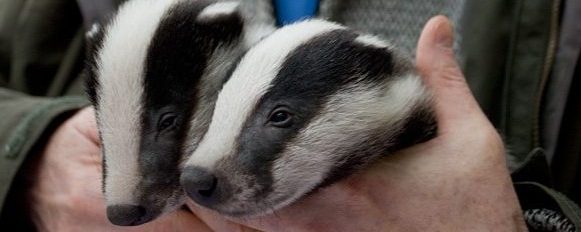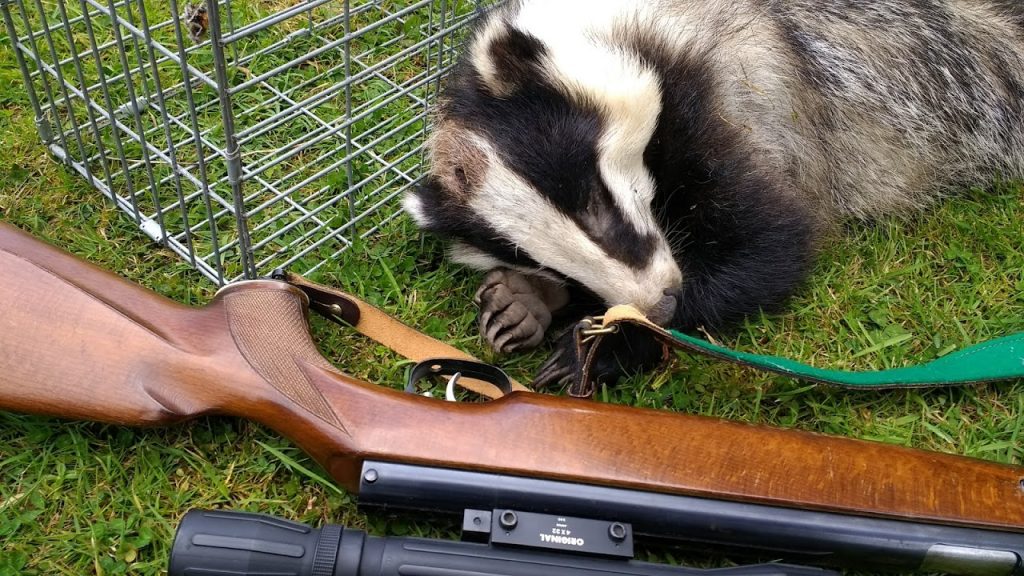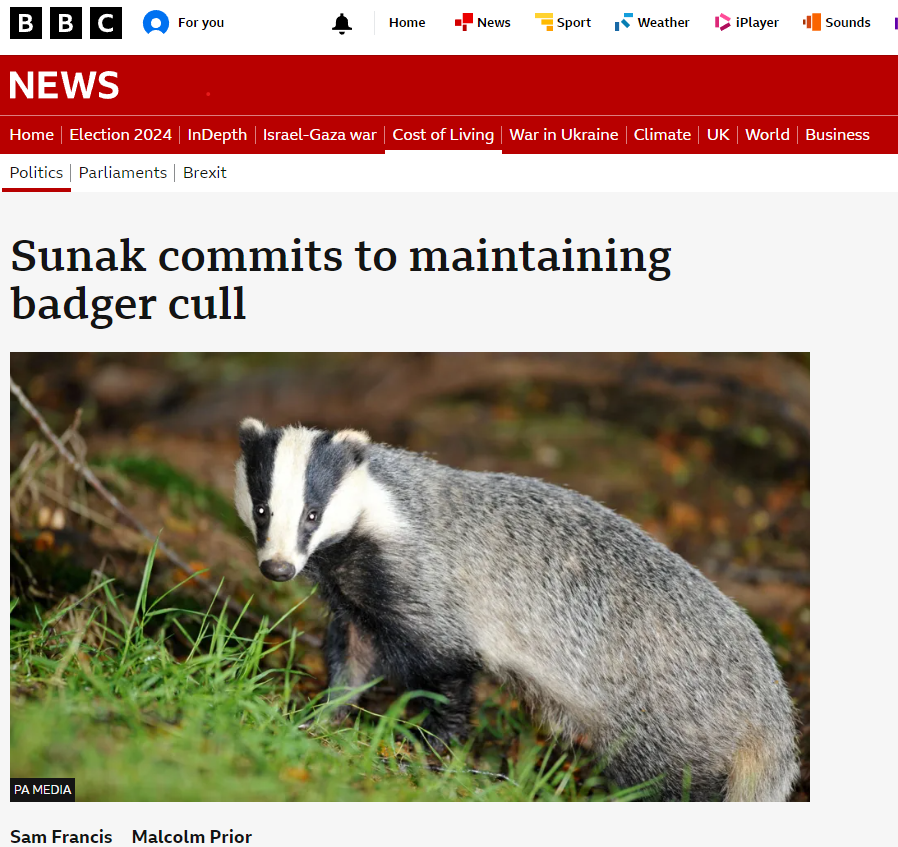The ‘targeted’ badger culling proposals of the last Government are rejected by the new Labour Government but the ‘ineffective’ badger culls still continue, pending a further Review.

Lawyers acting for Secretary of State for Secretary of State for Environment, Food and Rural Affairs (DEFRA) Steve Reed, have responded to ecologist Tom Langton’s Judicial Review Application [AC-2024-LON-002292] against a ‘future of badger culling’ Consultation (here) prepared by the previous administration. Specifically, the March 14th Consultation had proposed a new wave of ‘targeted‘ badger culling across England, killing many thousands of badgers each year, potentially until 2038.

The controversial proposals were promoted by the Chief Veterinary Officer Christine Middlemiss’s disputed beliefs that badgers play a central role in the spread of cattle TB, the science of which Langton, with other veterinary experts has challenged in recent years (here).
Defra have confirmed their decision not to proceed with proposals to introduce and license targeted culling across England. Defra had received multiple objections to the Consultation as well as support for proposals to better identify cattle disease risks that will still go forwards. The response indicates that the Secretary of State will instigate a fresh review of future bovine TB policy.
The welcome news signals a shift from previous policy but is bitter-sweet, with the news that a new badger cull area is being planned: Cumbria’s Eden valley South of Carlisle and to the east of Penrith under a Low Risk Area (LRA) policy licence. Communications have been sent to Tony Juniper at Natural England objecting to the consideration of any new LRA licence, on scientific grounds, but so far there has been no substantive response, with a failure to curtail culling licences that are ongoing from before the general election. It is expected that Natural England will reauthorize licences for over 20 intensive culling areas agreed under previous policy arrangements that many think should also be cancelled. These are in addition to those completing supplementary culls, meaning up to 20,000 badgers will be shot at night over the next twelve weeks with a percentage dying slowly from shot wounds in ways found cruel by a government appointed expert group in 2014.
Concerns remain that despite withdrawing the cull consultation proposals, the Defra’s response leaves some important question unanswered. This includes speculation in a heavily disputed recent Animal and Plant Health Agency report. Further, the Defra response to the economic aspects of culling states that the costs of badger culling may not outweigh the economic benefits, a point of interest in the Government spending rounds in the coming months.
Tom Langton said:
“This is a small but important step towards bringing forwards the abolition of badger culling forever. Labour has previously stated that culling is ineffective and now the Government has scrapped a Consultation that claimed culling worked. But it is shameful that the Labour administration is continuing the badger culls and expanding them in the Low Risk Area, contradicting its manifesto pledge, to appease a vocal minority based upon old scientific rhetoric and dogma.
Bovine tuberculosis is a disease of mammals needing expert measures that have been neglected for reasons demonstrated in the recent BBC documentary LINK charting the work of Brian May and the Save Me Trust with farms in England and Wales.
Badger culling must stop, but most of all a new testing regime for cattle is needed to give farmers the powers to use the right tests at the right time to beat TB in the herd where a hidden reservoir remains. Something that red tape presently prevents and at massive unnecessary cost to the taxpayer. It could be resolved in an afternoon with the right people around the table. I urge Defra to listen to us as they have promised and to meet with my team to help formulate new policy.”
Langton added;
Meanwhile, I would also very much like to thanks my legal team: Lisa Foster and Hannah Norman at Richard Buxton and Richard Turney and Ben Fullbrook at Landmark Chambers and with Dominic Woodfield from Bioscan as expert witness on the ecological impacts issues. And last but not least all of the Badger Trusts, Groups, Charities and generous individuals around Europe who have combined to form the Badger Crowd. With the specific aim of creating a voice for and to bring justice to the fight for truth surrounding badger culling. With a key role played in recent months by Protect the Wild, promoting awareness and fundraising.”
Further information

Defra’s decision was made on 23rd August, the date the BBC documentary of Brian May’s research was first screened (watch here), showing the inadequacies of the current cattle testing system.
The Defra response does not address the ecological impacts issues correctly and does not even seem to understand the challenge relating to protected species away from designated nature areas. Dominic Woodfield comments:

“Defra’s acknowledgement that the scientific, ethical and economic justifications for the extirpation of tens of thousands of badgers annually since 2013 have collapsed, is welcome but long overdue. It is tragic that it has needed the pressure of repeat litigation by Tom and others, the publication of competing science exposing the fallacy of blaming and slaughtering wildlife for a disease rooted in poor livestock management practices and failures of animal husbandry, and a change of the party in Government for them to finally concede the point.
Even now, Defra continue to disregard the wider ecosystem level effects of removing an apex predator from wide swathes of England – we may never now know what impacts this has had (and continues to have) on our native wildlife and declining species. Tom’s and others’ persistence in the face of obduracy, reliance on poor science and the making of decisions based on the political clout of those lobbying for the status quo, is extraordinary and commendable, but it is also fuelled by the long-held conviction that they were fundamentally right. There are a very small and diminishing number of hiding places left for those who’ve pinned their reputations and careers on badger culling as being a rational or effective answer to the bovine TB problem.















 As demonstrated by the above, a vote for Labour now looks in the very best interest of farmers, cows, badgers, and all the other wild and domestic animals that develop bovine tuberculosis.
As demonstrated by the above, a vote for Labour now looks in the very best interest of farmers, cows, badgers, and all the other wild and domestic animals that develop bovine tuberculosis.